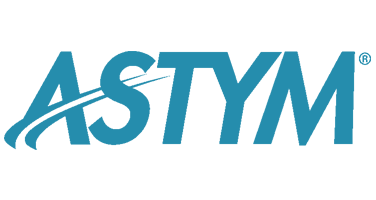
16 Sep What is Astym treatment? Astym Definition, Part III
Scientific studies have shown an increase in fibroblast recruitment and fibroblast activation with Astym treatment, which reveal the body’s underlying physiological response to Astym. These studies highlight the regenerative mechanism of Astym treatment and help us understand how Astym treatment results in the regeneration of soft tissues. There also appears to be a neurological component to the Astym treatment process as evidenced by immediate changes in pain perception (often pain is immediately reduced) and strength measures (strength often immediately increases) following treatment.
At its core, Astym treatment was developed from basic science research to stimulate a regenerative response at a cellular level. Following that, there were a number of case studies published and then a randomized clinical trial on patellar tendinopathy. A large randomized clinical trial on lateral epicondylosis was then awarded a platform presentation at the American Society for Surgery of the Hand’s national meeting.
In addition to ongoing clinical and scientific research, the Astym program also emphasizes the collection of practical information. Astym treatment has put major effort into developing a reliable national outcomes collection system and database, where clinicians from all across the country independently enter data to create a national bank of dependable outcomes data. These outcomes (treatment results) show the percentage of people with each condition that resolve (get better). Not only does this provide a good real-world evidence base for Astym treatment, it also allows patients and health care providers to know how many treatments it should take to resolve a certain condition, and what percentage of those cases should resolve. For instance, for a patient with plantar fasciitis, you can predict that in 10 therapy visits, 91.8% of patients will be improved or much improved. To see a full listing of diagnoses and outcomes, click here.




